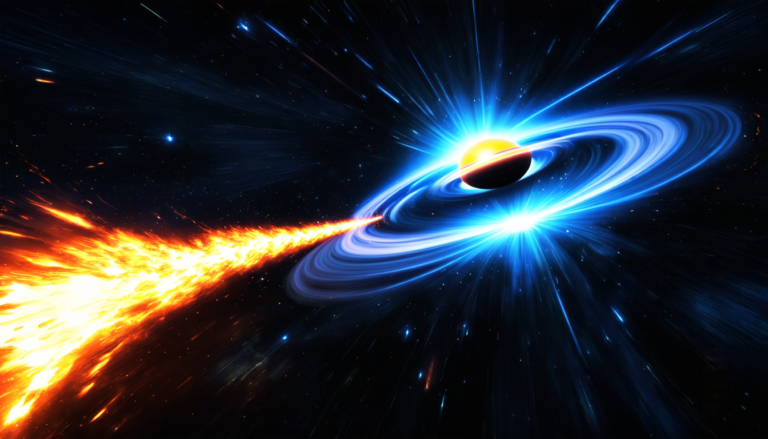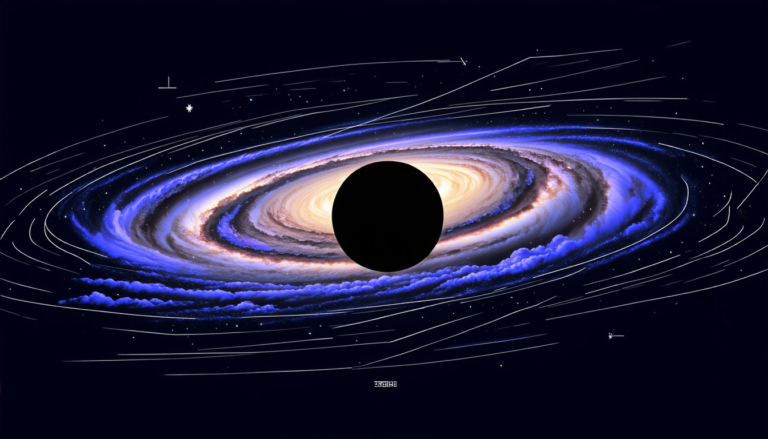Monday 13 October 2025
Scientists have long been fascinated by the mysteries of the universe, and one of the most intriguing areas of study is the field of stellar interferometry. This technique allows researchers to combine light from multiple telescopes to create a virtual telescope that can resolve objects much smaller than individual stars.
Recently, a team of scientists has made significant advancements in this area by developing new methods for estimating the separation between two unequal-brightness thermal sources using quantum estimation theory. In other words, they’ve figured out how to use the weird and wonderful properties of quantum mechanics to improve our ability to measure the distance between two stars.
The research focuses on a specific type of star called a binary system, where two stars orbit each other. By analyzing the light emitted by these stars, scientists can gain valuable insights into their composition, size, and even the presence of planets in orbit around them.
One of the biggest challenges facing stellar interferometry is the need to account for the unequal brightness of the two stars. This makes it difficult to accurately measure their separation, which is crucial for understanding the properties of the system.
The team’s research uses a technique called amplitude interferometry, which involves combining light from multiple telescopes using a special type of optical device called an interferometer. By analyzing the resulting interference pattern, scientists can estimate the separation between the two stars with much greater accuracy than previously possible.
Another important aspect of this research is its potential applications in the field of exoplanet hunting. Exoplanets are planets that orbit stars other than our own sun, and detecting them can provide valuable insights into the formation and evolution of planetary systems.
Stellar interferometry has already been used to detect exoplanets around nearby stars, but the new methods developed by this team could enable scientists to study these planets in even greater detail. This could include analyzing their composition, size, and atmospheric properties, which would be a major breakthrough in our understanding of exoplanetary science.
The research also has implications for the development of future telescopes and astronomical instruments. As technology continues to advance, scientists will need new methods for analyzing and processing the vast amounts of data generated by these instruments. The techniques developed by this team could play an important role in this process.
Overall, this research represents a significant step forward in our understanding of stellar interferometry and its applications in exoplanet hunting.
Cite this article: “Quantum Leap Forward: Advancing Stellar Interferometry for Exoplanet Discovery”, The Science Archive, 2025.
Stellar Interferometry, Quantum Estimation Theory, Binary Systems, Star Composition, Planet Detection, Exoplanet Hunting, Amplitude Interferometry, Optical Devices, Astronomical Instruments, Data Processing.







